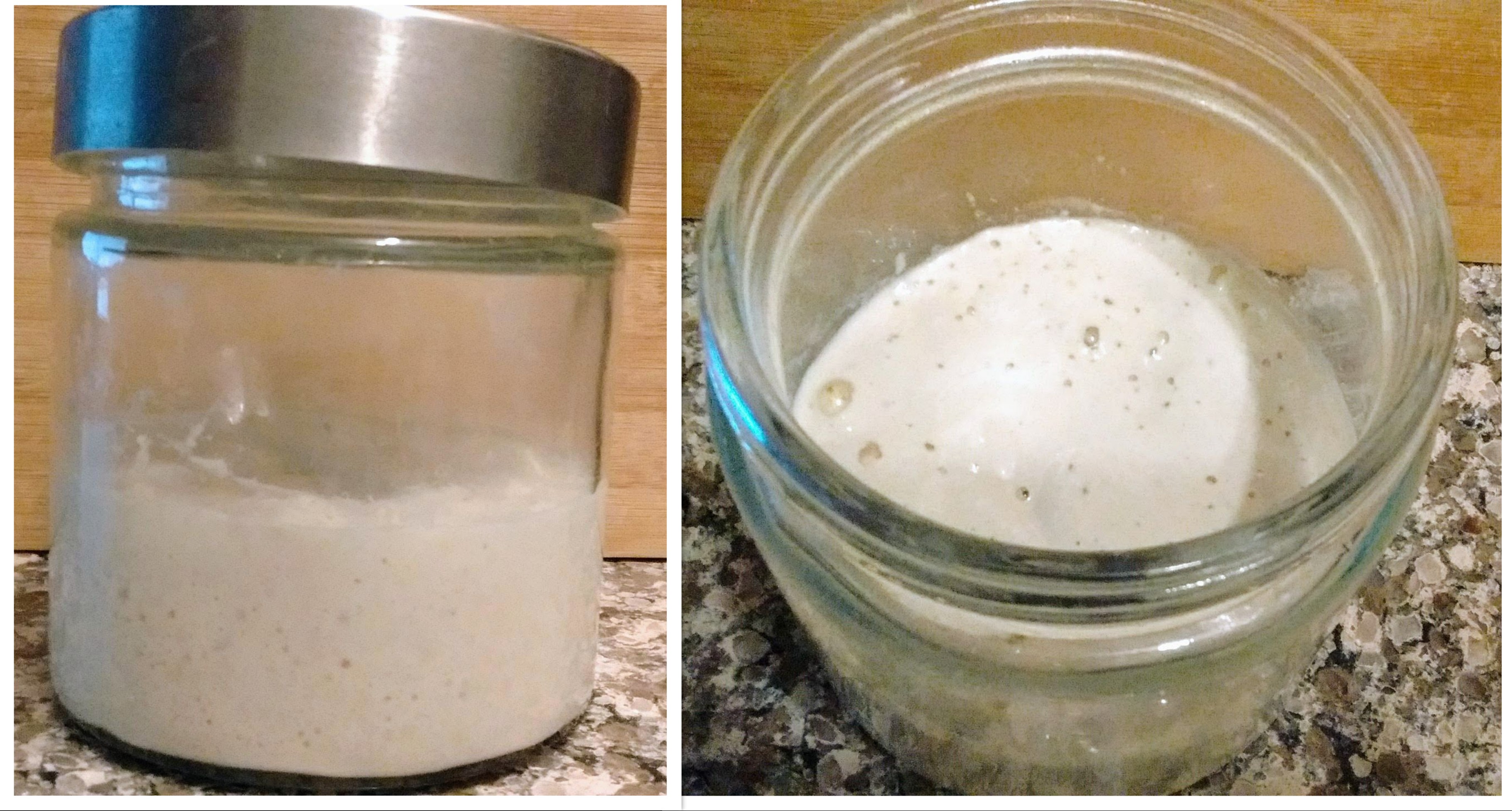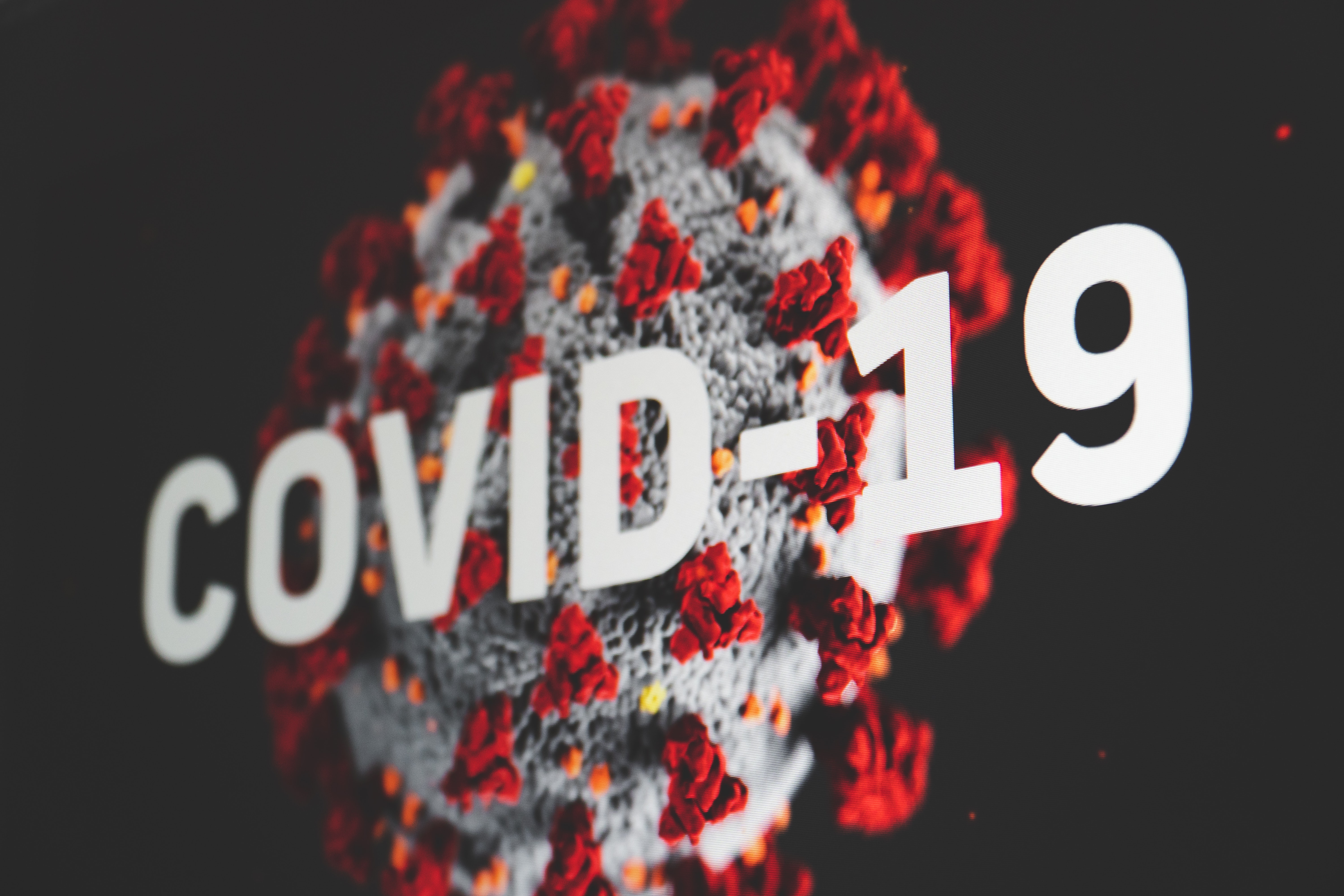Several years ago I started making sourdough bread from scratch. I just wanted to try it. Since then, at least two loaves of bread come out of my oven every month.
There are many blogs/recipes on sourdough bread so I would not go into much detalis of how to make it. I am not a master baker by any means and I still fail from time to time. Sourdough culture is a mixture of living organisms and I just love to experiment with it!
In this post, I want to go into more about nutritional contents and science of sourdough bread.
Is it worth paying three times the price of more industrial bread? Or, is it worth spending hours making it?
What is sourdough bread anyways?
Sourdough, as the name suggests, is a fermented dough with mixture of naturally present/ocurring yeast and lactic acid bacteria. It is made of two ingredients: flour and water. That’s it!
The grain fermentation is one of the oldest biotechnological processes started in ancient Egypt, just like beer, the liquid cousin of bread. This makes the use of sourdough culture as the oldest and the most natural way to make a loaf of bread.
My culture and how I made it
My starter looks like this (One day after being taken out of a fridge and fed).

I started this batch in February when I was living in Montreal and flew with it to Edmonton because I didn’t want to start from scratch again.
Getting a healthy starter can be tricky and I failed twice before getting this one going.
I followed steps shown in Kitchn, which worked perfectly when I tried twice in Hamilton, but somehow didn’t work well in Montreal. I am not sure if it was because of differences in flour used, temperature in the kitchen, water used or something else I wasn’t aware of.
The culture is just a 50:50 mixture of flour and water. Some recipes recommends filtered water but I just use tap water. You leave this mixture in a container at room temperature, and “feed” the starter with 50:50 mixture of flour and water every day for about five days. You should see a lot of bubbles and the volume bulking up at this point. It should smell sour, little fruity. Now the starter is ready! If you are not baking bread every several days, you can store the starter in a fridge and feed only once a week.
Industrial bread vs Sourdough bread
Cost & Time
If being on a budget is your priority, making sourdough bread is probably the cheapest way to get a nice loaf of bread, at least in Canada. All you need is bread flour (all purpose works but the result doesn’t have as much texture), water and salt.
However, if you are buying bread, real sourdough bread is most likely pricier than mass produced bread.
In terms of time, you need to attend the dough from time to time over around 2 days (~ 4 days if you are activating your fridge-stored starter) but the most amount of time required at a time would be about 10 minutes or so for mixing, stretching & folding the dough. Rest of the time, you let the dough do its magic while doing other activities, such as cleaning, shopping, and reading. It is a perfect weekend activity!
Nutrition
During the sourdough fermentation process, which can last more than 48 hours in some recipes, different enzymes are selectively activated in the changing environment and pHs [1].
Some enzymes involved are;
- proteases – break down proteins to free amino acids and peptides
- hemicellulases – break down hemicellulose, which is a component of plant cell walls
- phytases – break down phytic acid
Mineral bioavailability
Sourdough fermentation process has been shown to make minerals in flour readily available for you by breaking down naturally present chelating agents, such as phytic acid.
Phytic acid can be present in the range of 3-22 mg/g in grains [2]. It has a capacity to bind to metal ions, such as iron, zinc, and calcium (i.e. chelation), making these mineral less available for you to absorb when ingested together. Sourdough fermentation lowers the pH closer to the optimum pH (5.0) for an enzyme called phytase, which is present in grains, yeasts, and lactic acid bacteria, and enhances the breakdown of phytic acid. Lowering the pH to 5.5 has shown to reduce the phytic acid content even by 70%! [3]
Vitamins & Antioxidants
It has been shown that sourdough fermentation increases the vitamin and antioxidant contents, which are rich in outer layer of grains (this is one of the reason why whole wheat bread is supposed to be healthier than white bread!).
-
Folate:
Yeast fermentation increased the folate content in wheat & rye. Especially in rye, the folate contents more than doubled [4]. -
Thiamine (vitamin B1):
Even though the baking process has been reported to decrease the thiamine levels, yeast fermentation process, especially the long fermentation increases it [5]. Thus, the fermentation process influences the level of this vitamin in the end product. -
Antioxidants:
Fermentation increases the content of antioxidants (phenolic compounds) such as free ferulic acid, which is normally tightly bound with polysaccharides in cell walls of grains [6].
Sustainability in your stomach
Common carbohydrate source in a modern Western diet contains rapidly digestible starch, which has high glycemic responses (i.e. Glycemic Index; GI). Rapid increase of plasma glucose and insulin concentration can be detrimental to our health.
The sourdough fermentation process lowers the GI of wheat bread by reducing the digestibility of starch, which means that sourdough bread is likely to keep you satisfied longer than industrial bread [7]. This is likely accomplished by;
- Lactic acid production – Lowers the rate of starch digestion in bread [8]
- Acetic and Propionic acid in bread – Slows down the gastric emptying rate [9]
Better flavour
Thanks to Maillard reaction, which is a conjugative reaction between sugar and amino acid molecule in the presence of heat, you get the chewy, caramel-like flavour of the crust around the artisan bread. In sourdough, this can be enhanced by protease, which breaks down proteins to free amino acids that can be used in the Maillard reaction [1].
Below is my rye bread after Maillard reaction.

Maybe safe for gluten intolerance
Sourdough fermentation process breaks down proteins, including gluten. In one study, gluten contamination in gluten-free bread was reduced from 400 ppm to 20 ppm through sourdough fermentation [10]! Clinical safety must be tested, especially for celiac disease, but sourdough bread is likely safer for those who with gluten intolerance when compared to industrial bread with added “vital wheat gluten”, which is often added to industrial whole wheat bread.
Other benefits of sourdough bread
Storage life
Sourdough bread would likely stay mould-free for longer period of time than quick yeast-fermented bread, thanks to the assortment of organic acids produced by lactic acid bacteria (LAB).
One of common strains of LAB, Lactobacillus sanfrancisco CB1, has been shown to produce caproic, formic, n-valeric, propionic and butyric acids in addition to acetic and lactic acids when grown in wheat flour hydrolysate media, which has smilar chemical composition to that of wheat flour [11].
When mould (Fusarium graminearum) was grown with a mixture of these organic acids, its growth was inhibited for up to 60 days at 30°C. Of course, actual bread product would not last this long but it indicates that organic acids produced by the sourdough fermentation process can delay the spoilage by mould growth.
Conclusion
Sourdough bread has a lot of health benefits when compared to industrial bread, and there are lots of cool scientific processes involved in making the bread! If you love a good loaf of bread and have some free time and flour to spare, why don’t you try making your own sourdough bread at home this winter?

References
[1] Poutanen, K., Flander, L., Katina, K. (2009). Sourdough and cereal fermentation in a nutritional perspective. Food Microbiology, 26(7), 693-9. doi: 10.1016/j.fm.2009.07.011.
[2] Garcı́a-Estepa, R.M., Guerra-Hernández, E., & García-Villanova, B. (1999). Phytic acid content in milled cereal products and breads.Food Res. Int. 32, 217-221.
[3] Leenhardt, F., Levrat-Verny, M.-A., Chanliaud, E., Remesy, C. (2005). Moderate decrease of pH by sourdough fermentation is sufficient to reduce phytate content of whole wheat flour through endogenous phytase activity. J. Agric. Food Chem. 53, 98–102.
[4] Liukkonen, K.-H., Katina, K., Wilhelmson, A., Myllymäki, O., Lampi, A.-M., Kariluoto, S., Piironen, V., Heinonen, S.-M., Nurmi, T., Adlercreutz, H., Peltoketo, A., Pihlava, J.-M., Hietaniemi, V., Poutanen, K. (2003). Process-induced changes on bioactive compounds in whole grain rye. Proc. Nutr. Soc. 62, 117–122.
[5] Batifoulier, F., Verny, M.-A., Chanliaud, E., Rémésy, C., Demigne, C. (2005). Effect of different breadmaking methods on thiamine, riboflavin and pyridoxine contents of wheat bread. J. Cereal Sci. 42, 101–108.
[6] Katina, K., Arendt, E., Liukkonen, K.-H., Autio, K., Flander, L., Poutanen, K. (2005). Potential of sourdough for healthier cereal products. Trends Food Sci. Technol. 16, 104–112.
[7] Maioli, M., Pes, G., Sanna, M., Cherchi, S., Dettori, M., Manca, E., Farris, G. (2008). Sourdough-leavened bread improves postprandial glucose and insulin plasma levels in subjects with impaired glucose tolerance. Acta Diabetol. 45, 91–96.
[8] Liljeberg, H., Lönner, C., Björck, I. (1995). Sourdough fermentation or addition of organic acids or corresponding salts to bread improves nutritional properties of starch in healthy humans. J. Nutr. 125, 1503–1511.
[9] Liljeberg, H., Björck, I. (1998). Delayed gastric emptying rate may explain improved glycaemia in healthy subjects to a starchy meal with added vinegar. Eur. J. Clin. Nutr. 52, 368–371.
[10] Di Gagno, R., Rizzello, C., De Angelis, M., Cassone, A., Giuliani, G., Benedusi, A., Limitone, A., Surico, R., Gobbetti, M. (2008). Use of selected sourdough strainsLactobacillus for removing gluten and enhancing the nutritional propertiesgluten-free bread. J. Food Prot. 71, 1491–1495.
[11] Corsetti, A., Gobbetti, M., Rossi, J., & Damiani, P. (1998). Antimould activity of sourdough lactic acid bacteria: Identification of a mixture of organic acids produced byLactobacillus sanfranciscoCB1. Applied Microbiology and Biotechnology, 50(2), 253-256. doi:10.1007/s002530051285

 言語、文化と性格の関係
言語、文化と性格の関係